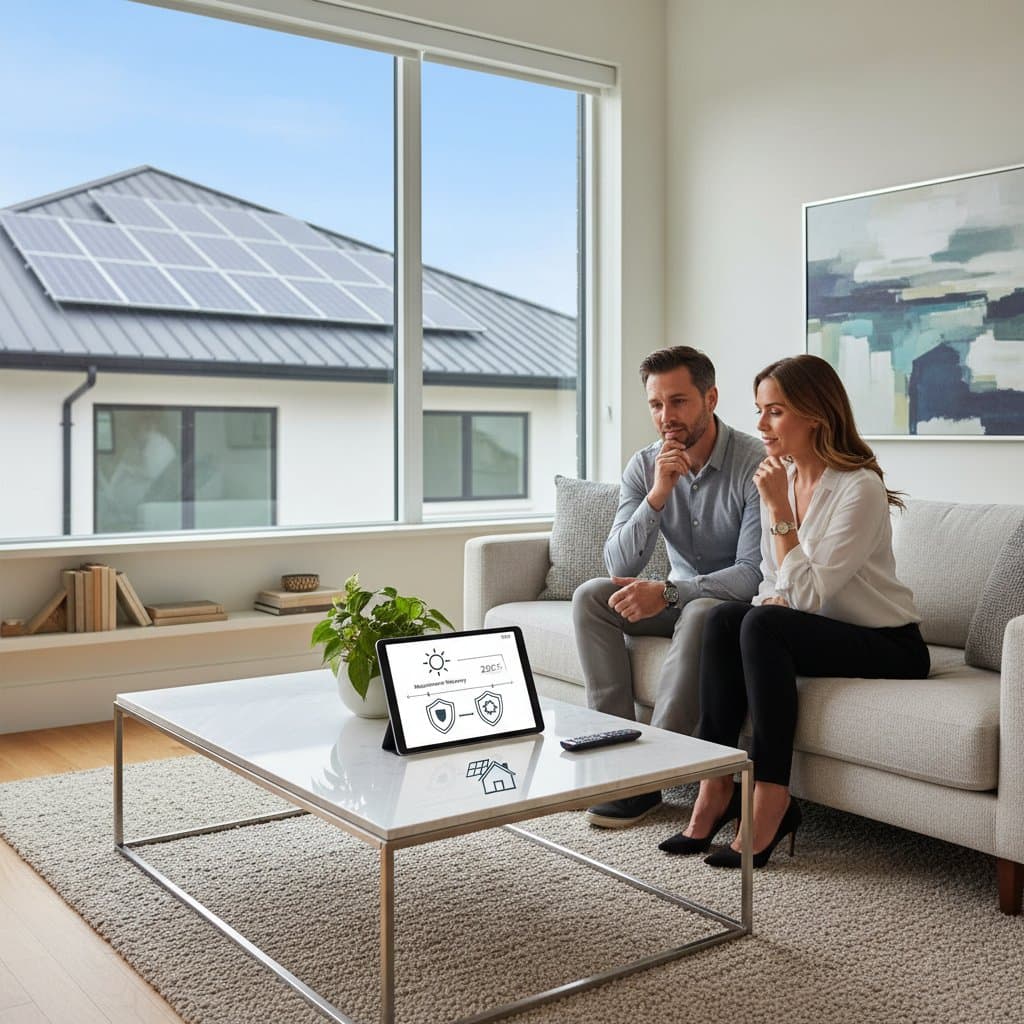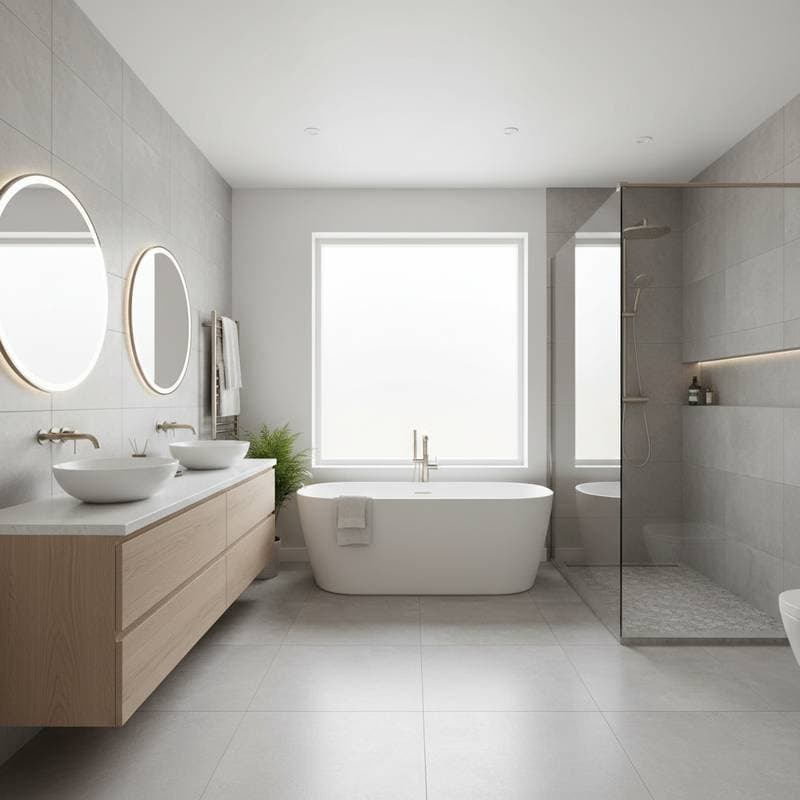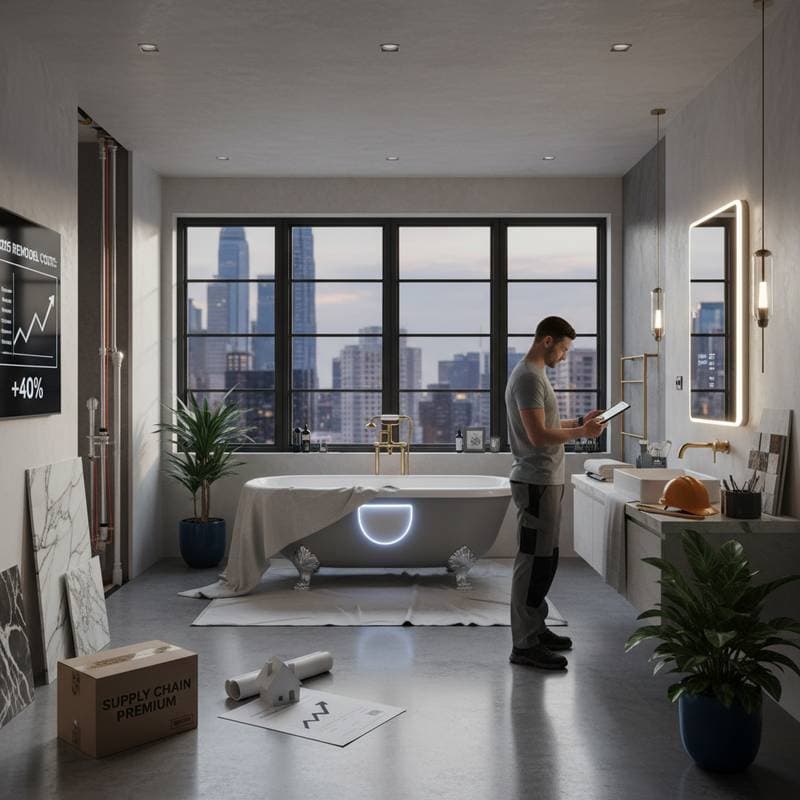Solar Shingles vs. Solar Panels: A 2025 Cost and Performance Comparison
Homeowners seeking to lower energy costs and enhance their properties now weigh options between solar shingles and traditional solar panels. These systems both produce renewable electricity, yet they vary in installation approach, visual appeal, and financial implications. Grasping these distinctions enables informed decisions aligned with individual needs, from budget constraints to design preferences.
Understanding Solar Shingles
Solar shingles integrate photovoltaic technology into roofing components, transforming standard roof coverings into energy-producing surfaces. Each shingle embeds solar cells that capture sunlight and generate power, seamlessly matching the appearance of regular asphalt or composite roofs. Leading manufacturers like Tesla Solar Roof and CertainTeed advance this innovation, attracting those who prioritize a unified, modern rooftop aesthetic.
These shingles fully supplant existing roofing during installation, combining structural protection with electricity generation in one layer. This dual purpose streamlines projects for new builds or complete roof overhauls, potentially yielding long-term savings by avoiding separate solar setups. Homeowners benefit from reduced visual clutter, as no additional hardware protrudes above the roofline.
Understanding Solar Panels
Traditional solar panels feature rigid, framed units mounted atop an intact roof, capturing sunlight through exposed photovoltaic arrays. Established providers such as SunPower, Qcells, and Canadian Solar offer reliable products with extensive track records in performance and affordability. This setup suits a broad range of roof materials, from shingle to metal, without necessitating structural changes.
Panels provide straightforward scalability and maintenance, allowing additions or repairs to specific modules without disrupting the entire system. Technicians access components easily, often from the ground or roof edge, which minimizes downtime. For households with serviceable roofs, this approach delivers quick entry into solar energy without extensive renovations.
Detailed Cost Analysis and Installation Factors
Upfront expenses dominate comparisons between solar shingles and panels, with shingles demanding higher initial investment due to their integrated design. Installed costs for solar shingles typically span $15 to $25 per square foot, leading to totals of $45,000 to $75,000 for a standard three-bedroom home, factoring in materials, labor, and roof size. Tesla Solar Roof installations, for instance, align with this spectrum, though regional rebates can trim 20 to 30 percent from the bill.
In contrast, solar panels present more accessible pricing, with complete systems averaging $18,000 to $30,000 before incentives for equivalent output capacity. Economies of scale in production and mounting reduce per-watt costs to around $2.50 to $3.50. Homeowners avoid roof replacement fees, potentially saving $10,000 or more if their current structure remains viable for another decade.
Installation timelines also differ: panels require one to three days for mounting and wiring, while shingles demand one to two weeks for full roof disassembly and reassembly. Assess your roof's age and condition early; a professional inspection reveals whether panels suffice or if shingles justify the added expense through combined upgrades.
Efficiency Ratings and Power Generation
Solar panels outperform in conversion efficiency, with premium models achieving 20 to 22 percent rates, maximizing output from limited space. This edge proves valuable on smaller roofs or shaded properties, where every square foot counts toward meeting household demands. Expect 300 to 400 watts per panel, scalable to 5 to 10 kilowatts for average usage.
Solar shingles lag slightly, converting 14 to 18 percent of sunlight into usable energy, necessitating broader coverage for comparable production. Advancements in cell materials narrow this gap annually, and integrated designs minimize energy loss from shading or misalignment. To estimate needs, calculate your annual kilowatt-hour consumption and divide by local peak sun hours, typically 4 to 6 daily in sunny regions.
Both options integrate with home batteries for storage, extending usability into evenings or outages. Panels pair easily with ground mounts if roof space limits expansion, offering flexibility shingles cannot match.
Durability, Lifespan, and Upkeep
Solar panels endure 25 to 30 years under warranty, with gradual degradation of 0.5 percent annually, retaining over 80 percent efficiency at end-of-life. Routine upkeep involves biannual rinsing to remove dust and quarterly checks for loose connections, tasks homeowners handle with basic tools or affordable professional visits costing $100 to $200 yearly.
Solar shingles match this longevity when paired with robust underlayments, resisting hail, wind, and UV exposure akin to high-end asphalt roofs rated for 40 years. Repairs prove more involved, as damaged sections require precise resealing to prevent leaks, potentially doubling labor fees to $500 to $1,000 per incident. Opt for certified installers who provide 25-year workmanship guarantees to safeguard investments.
Monitor performance via integrated apps that track output and flag issues, ensuring both systems operate near peak capacity year-round.
Ideal Scenarios for Solar Shingles
Select solar shingles for projects involving new construction or comprehensive roof renewal, where merging energy and protection streamlines costs over decades. They excel in aesthetically sensitive areas, such as historic districts or upscale communities, complying with guidelines that restrict visible solar arrays. The sleek profile enhances curb appeal, potentially lifting property values by 4 to 6 percent according to real estate trends.
For families valuing innovation, shingles support smart home ecosystems, feeding power directly into inverters without intermediary racks. Budget an extra 20 percent for custom pitches or complex geometries, but recoup through avoided future reroofing expenses.
Ideal Scenarios for Solar Panels
Choose solar panels when your roof withstands another 10 to 15 years of service, enabling swift deployment and rapid payback periods of 6 to 9 years in high-utility-cost areas. Their adaptability fits varied orientations, from south-facing slopes to flat commercial tops, and supports hybrid setups with wind or EV chargers.
Start with a 4-kilowatt array to offset 50 percent of bills, then expand as finances allow, leveraging modular additions that panels facilitate effortlessly. This phased approach suits renters transitioning to ownership or households testing solar viability before full commitment.
Leveraging Incentives for Both Systems
Federal tax credits cover 30 percent of qualified expenses through 2032, alongside state programs offering additional rebates up to $5,000. Net metering credits excess production against future bills, amplifying returns regardless of system type. Both contribute to sustainability goals, cutting household emissions by 50 to 100 tons of CO2 over their lifetimes.
Consult local installers for personalized incentive audits, which uncover overlooked savings like property tax exemptions for renewable upgrades.
Optimizing Long-Term Performance and Savings
Secure maximum returns by positioning systems for unobstructed southern exposure and trimming overhanging branches annually. Pair installations with energy audits to identify efficiency gains, such as LED lighting or insulation, that amplify solar benefits. Track monthly output against usage to adjust habits, like shifting laundry to midday, for optimal bill reductions.
Ultimately, panels suit cost-conscious starters, while shingles reward those investing in holistic home enhancements. Either path advances energy independence, fortifying your residence against rising utility rates and environmental shifts.





